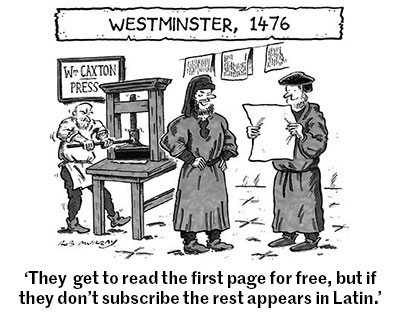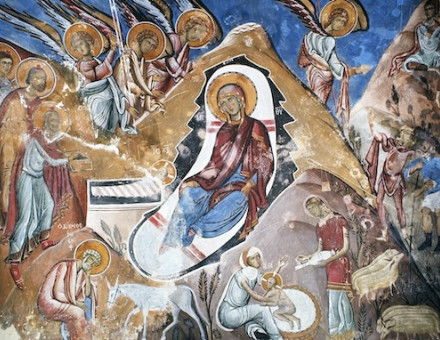The Mongol Invasion of Eastern Persia 1220-1223
John Andrew Boyle describes how, in the early thirteenth century, the Mongol hordes devastated Turkestan and Persia, where the grandson of Genghis Khan founded a dynasty.
Of all the countries that faced the onslaught of the Mongol armies, none suffered more terrible or more permanent devastation than the great province of Khorasan in North-eastern Persia. Juvaini, the historian of these conquests, himself a native of Khorasan, bears eloquent testimony to the fate of his homeland. The Central Asian cities of Bokhara and Samarkand had, in his lifetime, more or less recovered from the invasion and had even attained a certain degree of prosperity.
“It is otherwise,” he says, “with Khorasan and Iraq [i.e. Central Persia], which countries are afflicted with a hectic fever and a chronic ague: every town and every village has been several times subjected to pillage and massacre and has suffered this confusion for years, so that even though there be generation and increase until the Resurrection, the population will not attain to a tenth part of what it was before.”1





